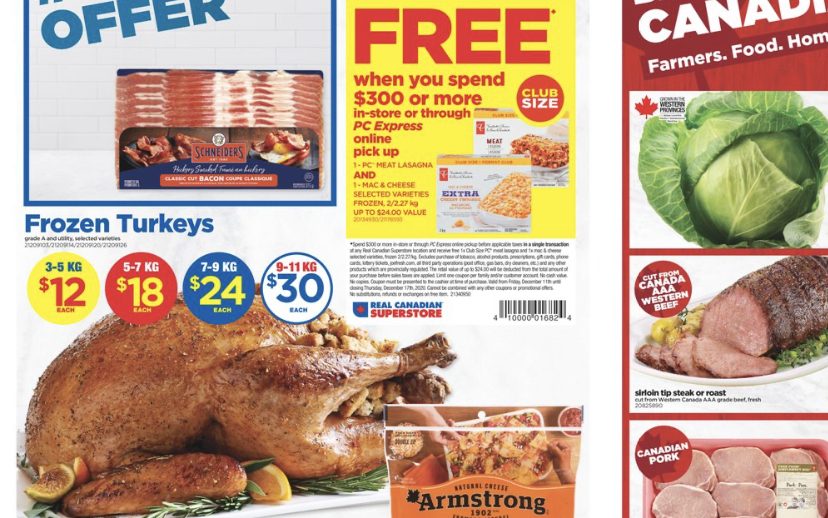Stores use different ways of pricing items to attract customers to the store. Being aware of how to read sale prices and calculate actual discounts will help you to decide where to get the best price.

Price Comparison – Calculating Unit Price
The most important aspect of comparing prices is to understand how to calculate the Unit Price. This compares the price based on the product weight, or volume instead of by the size of the package. By calculating the unit price, you can see quickly what size of package is most economical. Some stores will show the unit price on the store shelf tag along with the price per item. This is convenient for shoppers but is not found in all stores.
Here’s an example of how to calculate and compare unit prices:
Both sizes of Raisin Bran are on sale, but which size box is the better deal?
The only way to tell is to look at the unit price and compare.
-

Weight: 425g -

Weight: 755g
$2.96 / 425g =$.00696/gram
$5.98 / 755g =$.00792/gram
In this comparison, the SMALLER size box is better value! The larger boxes are not always better value, especially if the small box is on sale.
The Meat Department is a common place to find special prices on “value packs” and buying larger quantities. To compare the unit price of meats, look at the unit price per kilogram that is marked on the label.
Compare these two packs of boneless chicken breasts:

The smaller pack of chicken with 4 breasts (shown in the front) is less money to buy, but to find the best value for your money, compare the unit price per kilogram to the value pack of 10 chicken breasts (shown tucked behind). The unit price is printed on the label along with the weight of the package and the total price.

Small pack $16.51/kg 
Value pack $7.69/kg
Types of Promotions and Discounts
Buy more for a discount
This type of sale pricing requires that you buy multiple items in order to get the sale price. Examples are Buy 2 for $7, Buy one get one free, Buy more and save. When using this type of sale pricing, stores are assuming you won’t bother doing the math to see how much of a discount you are actually getting on each item. These deals always sound really good, buy if you calculate out the actual savings, it may not be as much of a discount as you think.
For example:
Buy 2, get one free is the equivalent of saving 33% per item.
Buy 3 get one free is equivalent to a 25% discount on each.
Loss leaders
A common strategy stores use is to advertise a super low price on a basic item that will almost certainly get your attention. This is called a loss leader and it is meant to get you into the store so you will hopefully spend more on other items while you are there. You will often see the same basic items used as loss leaders (ie. Coffee, bread, soft drinks) because shoppers are aware of the regular prices and notice the deep discount.
Offer of gift card or special gift with minimum purchase
Stores use free gifts and offers of gift cards with a minimum purchase to build loyalty from their customers. These are a great bonus if you were already planning to spend that amount on groceries, but watch that you aren’t adding things to your cart and overspending in order to reach the “target” of the minimum purchase.
Coupons
Coupons help reduce the cost of food, but they require organization and some planning to take advantage of them. Coupons can either be found in-store, or through manufacturers. They give a very specific dollar discount on the item you are buying. Some are printed, but manufacturers are offering more and more coupons in a digital way. Coupons usually have an expiry date and must be shown to the cashier in order to get the discount. Using an app that will find and save coupons in an organized way can be useful when you shop and eliminate the need to carry coupons with you. Coupons are useful if they are for a product you would regularly buy or if you can use them to buy a substitute of something you use, but don’t let them tempt you to add something to your cart that you wouldn’t normally purchase.
Reading store flyers and comparing prices becomes easier when you understand the strategies that each store uses to price items. Look through flyers and available coupons to make the best decision about where to shop for your family.
Read these articles next:
Save Money at the Grocery Store
Reduce Food Waste at Home






